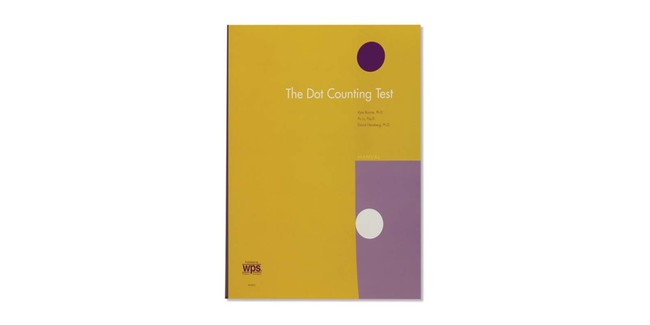Assesses test-taking effort in individuals ages 17 and olderEffective January 1, 2026, Pearson Canada Assessment will no longer be authorized to sell or distribute this WPS product.
Dot Counting Test
DCT
Assesses test-taking effort in individuals ages 17 and olderEffective January 1, 2026, Pearson Canada Assessment will no longer be authorized to sell or distribute this WPS product.Choose from our formats
Kits
Starter & complete kits, print & digital
1 option
Test forms & reports
Booklets, record forms, answer sheets, report usages & subscriptions
1 option
Support materials
Manuals, stimulus books, replacement items & other materials
2 options
All products
All tests & materials offered for DCT
4 options